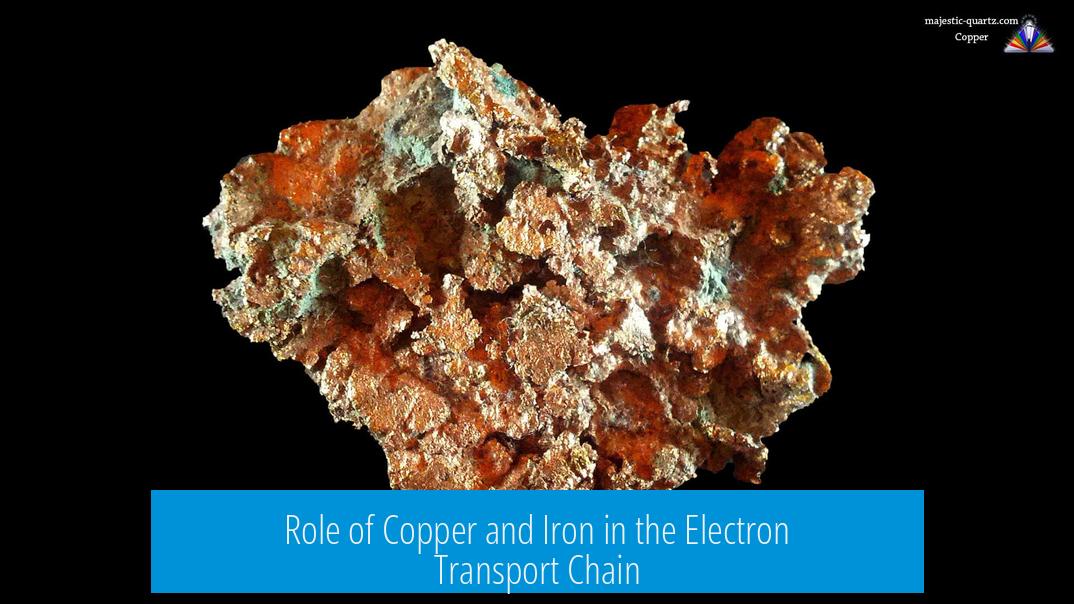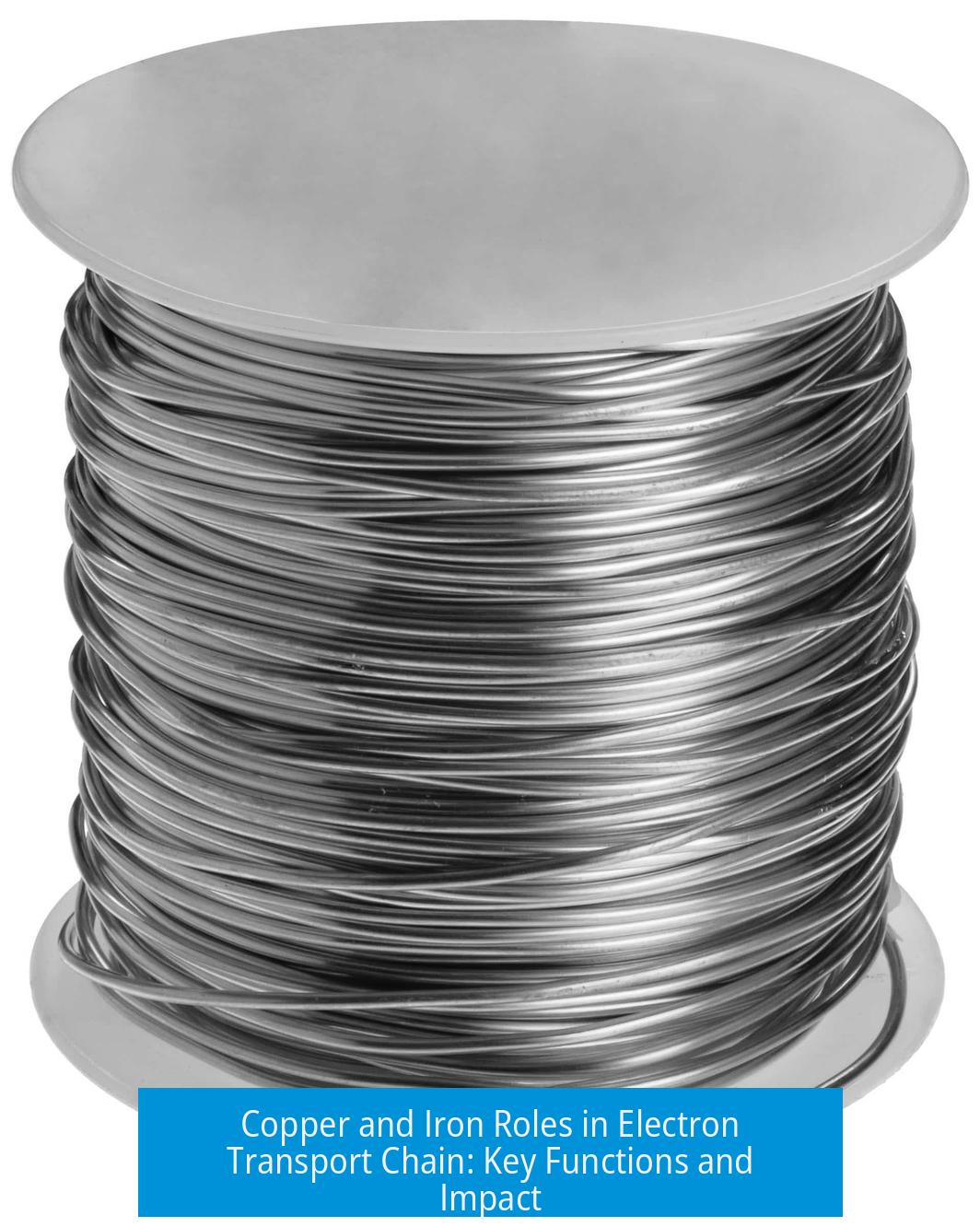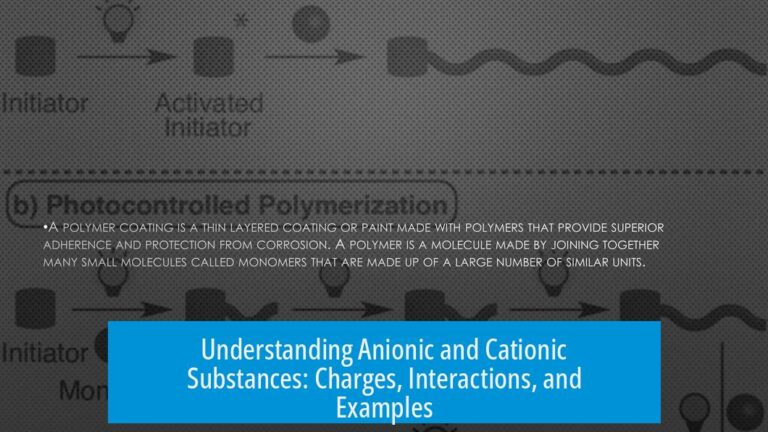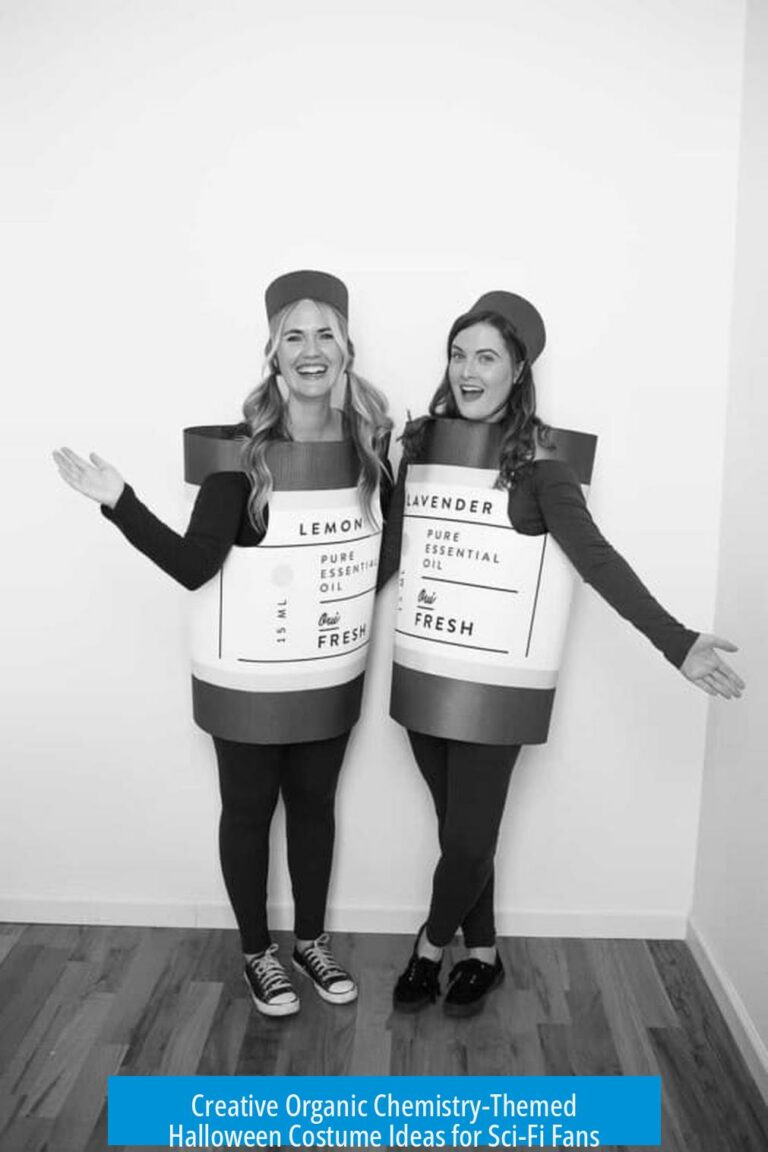Role of Copper and Iron in the Electron Transport Chain

Copper and iron serve as essential cofactors in the electron transport chain (ETC), facilitating electron transfer by cycling through multiple oxidation states and enabling efficient energy production in mitochondria.
Metals as Cofactors in ETC Enzymes
Copper and iron act as cofactors required for the proper functioning of key ETC enzymes. Notably, cytochrome c oxidase, the last enzyme in the chain, depends on copper concentration for its activity. Iron features primarily in heme groups and iron-sulfur clusters within various ETC complexes.
Facilitating Electron Transfer
- Both metals accept electrons from donor molecules within the chain.
- They donate electrons to subsequent acceptors, ultimately transferring them to oxygen.
- This electron flow drives the generation of a proton gradient used for ATP synthesis.
Multiple Ionic States Enable Electron Acceptance and Donation
Iron and copper exist in multiple oxidation states: iron commonly cycles between Fe2+ and Fe3+, while copper cycles between Cu+ and Cu2+. This redox flexibility allows them to efficiently carry electrons one at a time through the ETC complexes.
Structural Attributes Favoring Electron Transport
The size and electron distribution of iron and copper ions, along with modulated electronegativity imposed by protein environments, support their function as intermediate electron carriers. Their presence reduces electron leakage by tightly controlling electron movement.
Copper’s Role as an Electron Conductor
Copper in cytochrome c oxidase behaves similarly to copper in electrical wiring, serving as an efficient conductor. Its presence accelerates electron travel within the mitochondrial intermembrane space, enhancing the speed of electron transport.
Summary Table of Copper and Iron Roles in ETC
| Metal | Location in ETC | Main Function | Oxidation States |
|---|---|---|---|
| Iron | Heme groups, Iron-sulfur clusters | Electron transfer, intermediate acceptor/donor | Fe2+/3+ |
| Copper | Cytochrome c oxidase | Electron conduction, accelerates electron flow | Cu+/2+ |
Key Takeaways
- Copper and iron are vital cofactors in ETC enzymes, essential for electron transfer.
- They cycle through different ionic forms to accept and donate electrons efficiently.
- Iron is mainly found in heme groups and iron-sulfur clusters, copper in cytochrome c oxidase.
- The metals facilitate controlled electron flow, preventing electron loss.
- Copper accelerates electron movement, akin to its role in electrical conduction.
What roles do copper and iron play as cofactors in the electron transport chain?
Copper and iron serve as cofactors needed for enzymatic activity. They influence the function of cytochrome c oxidase, a crucial enzyme in the electron transport chain.
How do copper and iron facilitate electron transfer in the ETC?
These metals accept electrons from one molecule and donate them to the next. This sequential transfer drives electrons toward oxygen, the final acceptor.
Where are copper and iron located within the electron transport chain complexes?
Iron is found in heme groups and iron-sulfur clusters. Copper is mainly present in enzymes like cytochrome c oxidase, both aiding electron movement.
Why can copper and iron easily accept and donate electrons?
They exist in multiple ionic states, allowing them to switch charges. This lets them take up and release electrons efficiently during transport.
How do copper and iron prevent electron loss during transport?
Acting as intermediate acceptors, they guide electrons to their final destination. This control minimizes electron loss to unintended molecules.





Leave a Comment